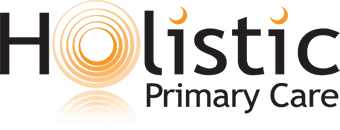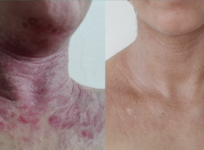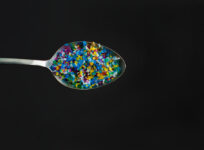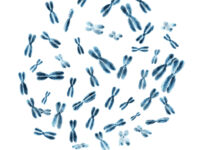By Erik L. Goldman | Editor in Chief
- Vol. 2, No. 3. , 2001
For healthy, low-risk pregnant women, water births—giving birth in a pool of warm water—-can reduce time spent in labor, lower the need for Cesarean section, and increase the chances that the birth process will be uncomplicated. Though popular in France, water births are still rare in the US, but the numbers are growing. Holistic Ob.Gyn., Jan Stafl, MD, describes his experiences.
The Content you are trying to see is available only for members of our site. If you already have a Membership you need to
log in to see it. Please follow this link if you want to
register.







